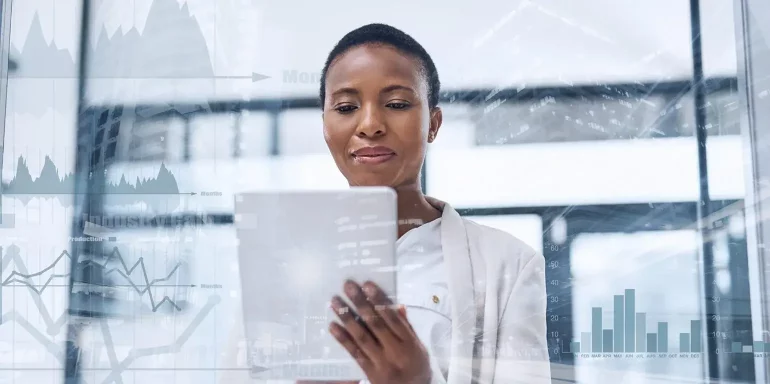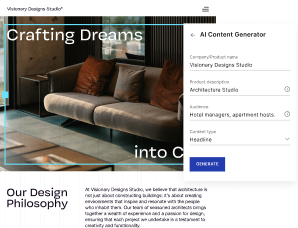In such a data-driven world, consumers now expect highly personalized experiences tailored to them. In response, advertisers have changed their strategies to better provide prospects what they want in the moment they want it.
Of course, this isn’t limited to consumers, though. Personalization in B2B sales is just as crucial since B2B buyers have also become conditioned to expect this same type of personalized communication.
If you’re new to B2B personalization, or looking for ways to improve your strategy, here’s an explanation of the concept, followed by some personalization tips to get you started.
What is B2B personalization?
B2B personalization is the act of tailoring your advertising, offers, and communication efforts to fit the needs of each B2B customer. It involves smarter targeting and better understanding to deliver faster, more relevant, and expected experiences to business customers.
Why is personalization for B2B necessary?
Just because businesses are selling a B2B product or service to a company, there’s still a real person on the other end — a decision maker who, just like anyone else, reacts positively and negatively to certain cues.
Brian Solis, principal analyst at Altimeter, explains it this way:
Business buyers don’t go to work and forget what they do as humans. There’s a new normal that blurs the line between B2B and B2C. They just want things personalized.
Salesforce research backs this up since B2B personalization is just as important for winning business as B2C personalization:
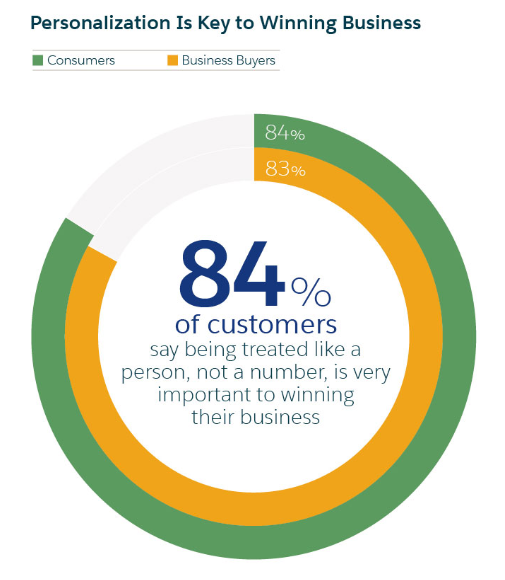
Not only that but 72% of B2B customers expect a deep understanding of their needs, reflected through personalized experiences:

What’s more, 75% of business buyers foresee that by 2020, companies will be able to anticipate their needs and make relevant suggestions before they initiate contact.
Even if B2B customers didn’t demand this level of personalization from vendors, though, it would still greatly benefit brands to implement it. It allows them to optimize their marketing strategy by:
- Targeting high-intent customers
- Utilizing the most appropriate channels
- Delivering the perfect messages
- Communicating in real-time
In turn, having a personalized strategy really impacts ROI, as 79% of business that exceed their revenue goals have a documented personalization strategy.
Still, many business are failing to include B2B customer personalization in their advertising campaigns. In fact, only 27% of B2B customers feel that companies are excelling at meeting their overall experience standards.
With ample room for improvement, let’s review some real B2B personalization examples to show how businesses can provide better customer experiences.
How B2B sellers are offering personalization at scale
Website content
The content on your website ultimately determines how long your prospects stay, and whether or not they continue browsing and take action before leaving. Your goal should always be to make your website content personalized to the B2B visitor, so there’s no question that it solves their business problems.
Several ways to do this include:
- Personalizing calls to action with copy that clearly addresses prospects’ needs
- Determining what category your offer and content fits under (segment specific, persona specific, stage specific, account specific, lead specific, etc.)
- Repurposing existing content to better suit website visitors (e.g., taking a formal case study and turning it into a personalized video)
- Using automation and personalization software to dynamically show content based on individual visitor demographics, interests, history, etc.
What about digital advertising? That’s an even bigger deal since companies are spending nearly $350 billion globally.
Digital ads
Advertisers today have billions of data points from Google and Facebook alone:
- Location
- Device used
- Apps used and websites created
- Searches and bookmarks
- Google Drive files
- Google hangout sessions
- YouTube videos
- Every Facebook message sent or received
- Likely interests based on Facebook posts you’ve liked and commented on
- Phone contacts, emails, calendar, call history, messages, downloaded files, games, photos and videos, music, search history, browsing history, etc.
Copious amounts of data and sophisticated software available has enabled advertising to evolve from generic ads that broadly-target audiences to 1:1 personalized ads that micro-target audiences.
With techniques like audience segmentation and UTM parameters, your CTR may increase and you might pay less for your clicks. However, less than 4% of ad clicks convert on average because advertisers send their traffic to generic post-click landing pages.
Just like your ads, your landing pages must also be personalized to the B2B customer. One way to do this is to message- and audience-match each landing page to its corresponding ad.
Dun & Bradstreet does this through matching color schemes, design, font, and headline:
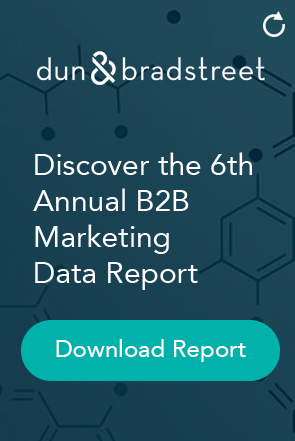
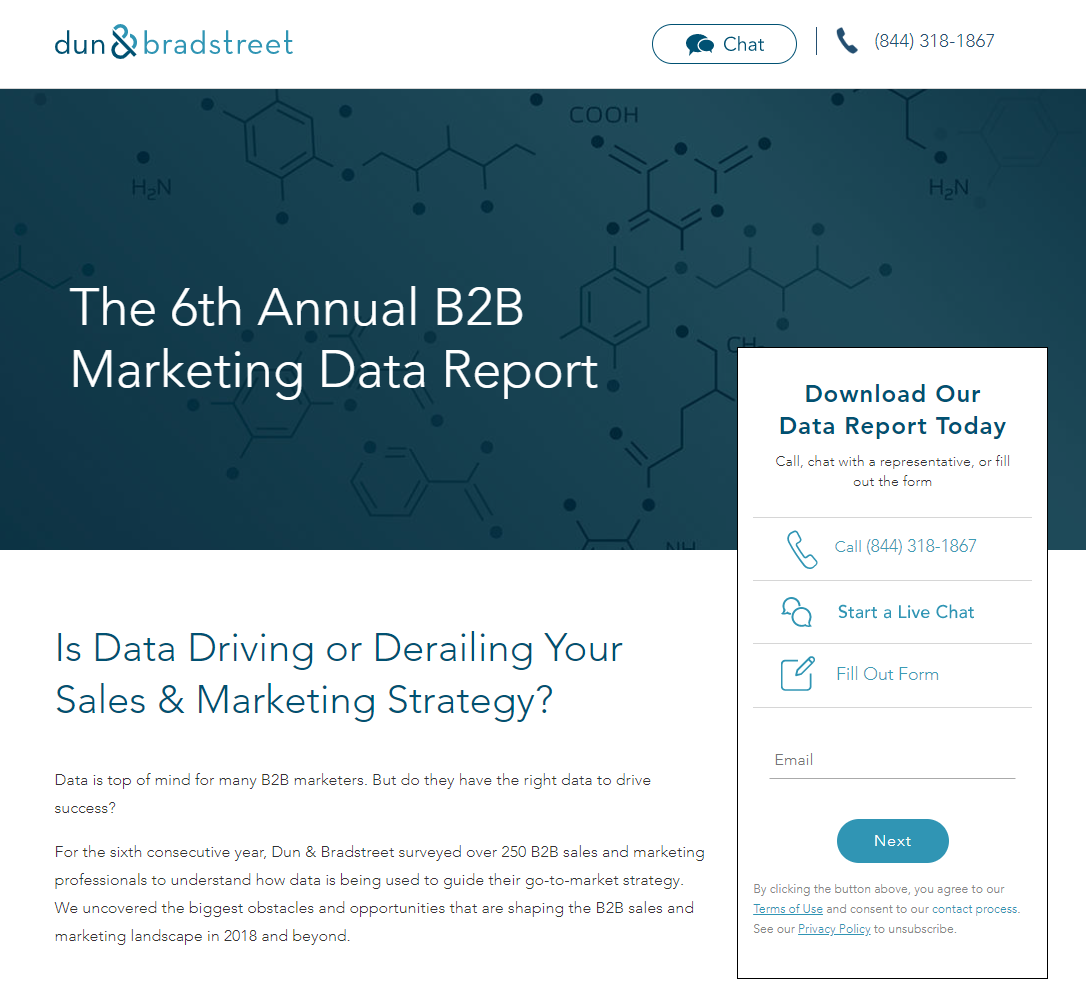
For more details how to better personalize your digital advertising campaigns throughout the entire funnel, refer to the Instapage Personalization Guide.
Account-based marketing
Creating customer personas is critical for hyper-targeting. In B2B, it’s best to develop personas based on business-related attributes as it pertains to account-based marketing:
- Geographic location of business
- Level of seniority/buying power
- Position/role
- Pain points
- Industry
- Company size
Here’s a perfect example of an ad that likely targets users by position/role and company size since it refers to “small businesses like yours”:
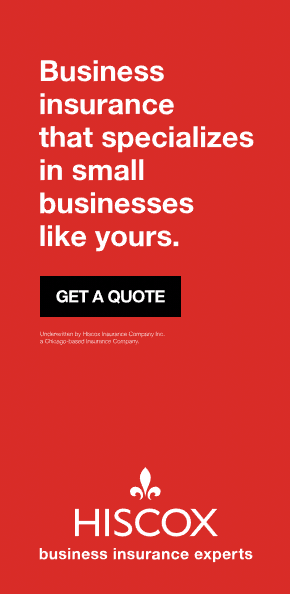
However, B2B buyers prefer to see offers and content personalized by their specific industry and unique business issues, rather than simply by their role, location, or company size:
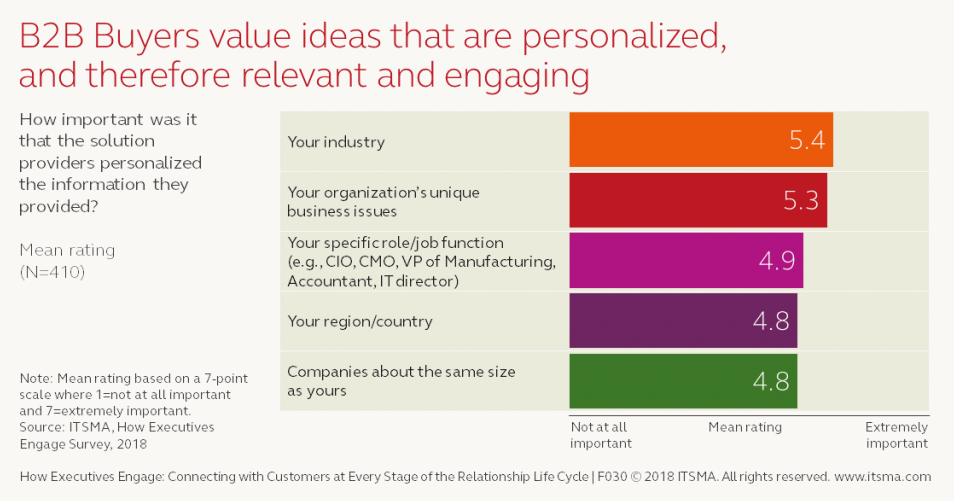
Email marketing
Customizing emails with methods like one-to-one email personalization has proven to increase transaction rates, revenue, and ROI:
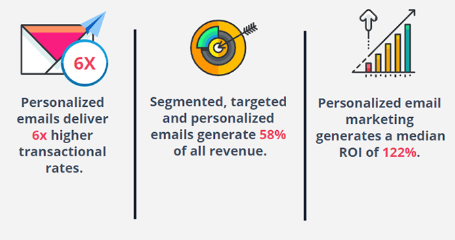
What’s most important with email personalization is closely examining and using business customer personas, so you don’t send irrelevant information. According to statistics, over 50% of business recipients receive B2B marketing emails that don’t even apply to their needs.
Using the recipient’s first name is standard practice at this point, but you can’t stop there. You want prospects to realize that you understand them.
Consider using these tips to increase personalization:
- Use words like “now,” “today,” “free,” and “new” to directly address specific pain points
- Include “you” and “your” so it’s clear that you’re talking directly to the recipient
- Provide order/delivery confirmations, appointment reminders, event information, etc. so they know you’re paying attention to their entire journey
This one-to-one email uses all three recommendations:
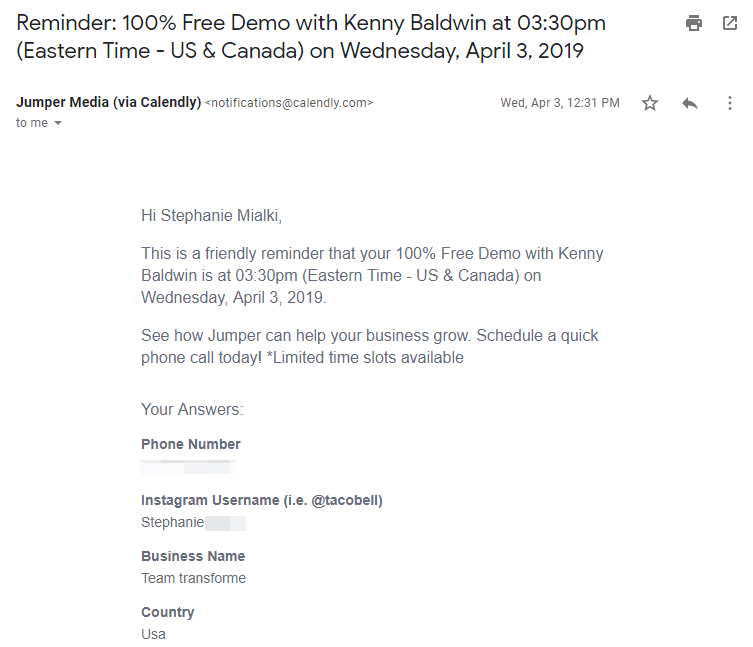
Social media
Social media platforms offer rich demographic information, which allows for smarter prospect targeting using intent signals:
- Job changes — When people are most inclined to make bold moves
- Social posts — An indicator of top-of-mind questions
- Hiring patterns — An indicator of investment
Each signal helps business sellers know when to reach out with personalized offers.
Keep in mind; effective social media marketing highly depends on where your target buyer spends most of their time. Once you know this, you can market to them on that specific platform.
Another tip for B2B personalization on social media is to humanize your brand. Engage with trending topics on Twitter, start conversations with other businesses on Facebook, and prove your expertise in LinkedIn Groups. It’s “social” media for a reason — not just a medium for brands to push their product or service.
Strengthen trust and increase revenue with B2B personalization
Although B2B customers are typically more data-driven than B2C customers, they are still people. People who prefer respect, value, authentic relationships, and relevant offers. For this reason, every B2B marketer must understand how to implement B2B personalization.
Continue that personalization into the stage with a page specifically for your audience. Sign up for an Instapage 14-day free trial.

Try the world's most advanced landing page platform with a risk-free trial.
